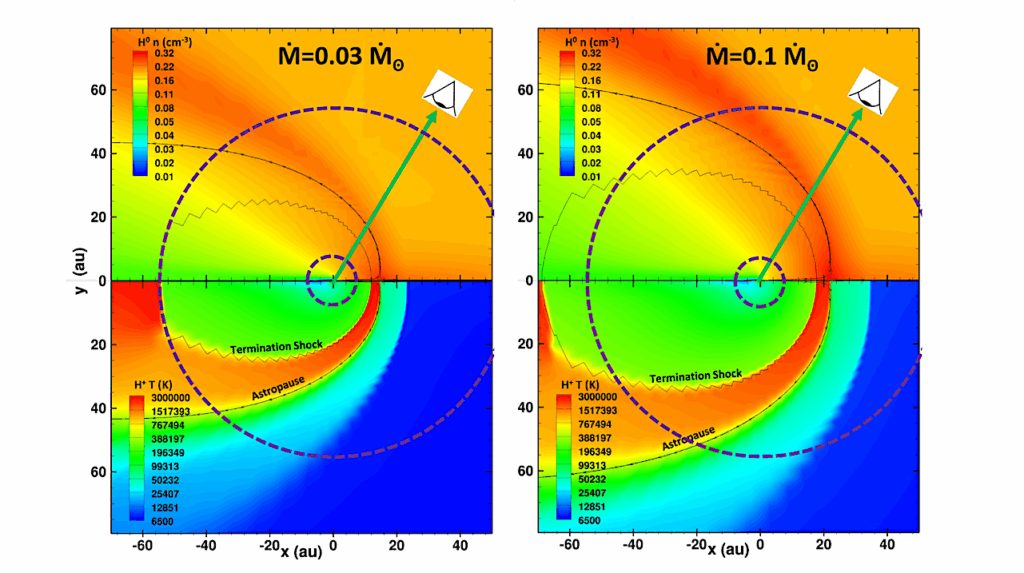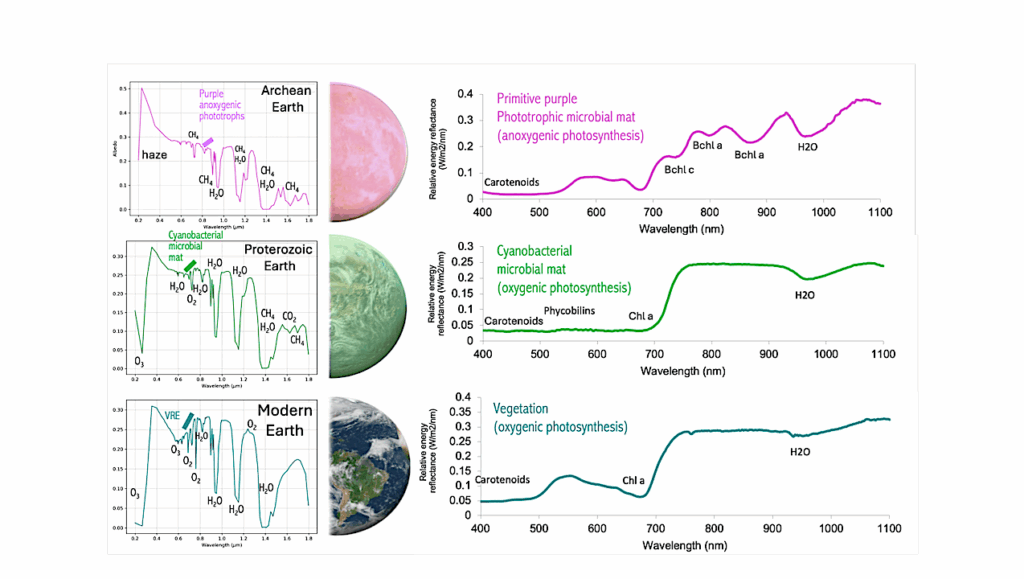VPLanet: The Virtual Planet Simulator

We describe a software package called VPLanet that simulates fundamental aspects of planetary system evolution over Gyr timescales, with a focus on investigating habitable worlds.
In this first version, eleven physics modules are included that model internal, atmospheric, rotational, orbital, stellar, and galactic processes. Many of these modules can be coupled to simultaneously simulate the evolution of terrestrial planets, gaseous planets, and stars. The code is validated by reproducing a selection of observations and past results. VPLanet is written in C and designed so that the user can choose the physics modules to apply to an individual object at runtime without recompiling, i.e., a single executable can simulate the diverse phenomena that are relevant to a wide range of planetary and stellar systems. This feature is enabled by matrices and vectors of function pointers that are dynamically allocated and populated based on user input.
The speed and modularity of VPLanet enables large parameter sweeps and the versatility to add/remove physical phenomena to asses their importance. VPLanet is publicly available from a repository that contains extensive documentation, numerous examples, Python scripts for plotting and data management, and infrastructure for community input and future development.
Rory Barnes, Rodrigo Luger, Russell Deitrick, Peter Driscoll, Thomas R. Quinn, David P. Fleming, Hayden Smotherman, Diego V. McDonald, Caitlyn Wilhelm, Rodolfo Garcia, Patrick Barth, Benjamin Guyer, Victoria S. Meadows, Cecilia M. Bitz, Pramod Gupta, Shawn D. Domagal-Goldman, John Armstrong
(Submitted on 15 May 2019)
Comments: 118 pages, 31 figures, submitted to PASP. Source code, documentation, and examples available at this https URL
Subjects: Earth and Planetary Astrophysics (astro-ph.EP); Solar and Stellar Astrophysics (astro-ph.SR)
Cite as: arXiv:1905.06367 [astro-ph.EP] (or arXiv:1905.06367v1 [astro-ph.EP] for this version)
Submission history
From: Rory Barnes
[v1] Wed, 15 May 2019 18:21:13 UTC (4,316 KB)
https://arxiv.org/abs/1905.06367
Astrobiology








